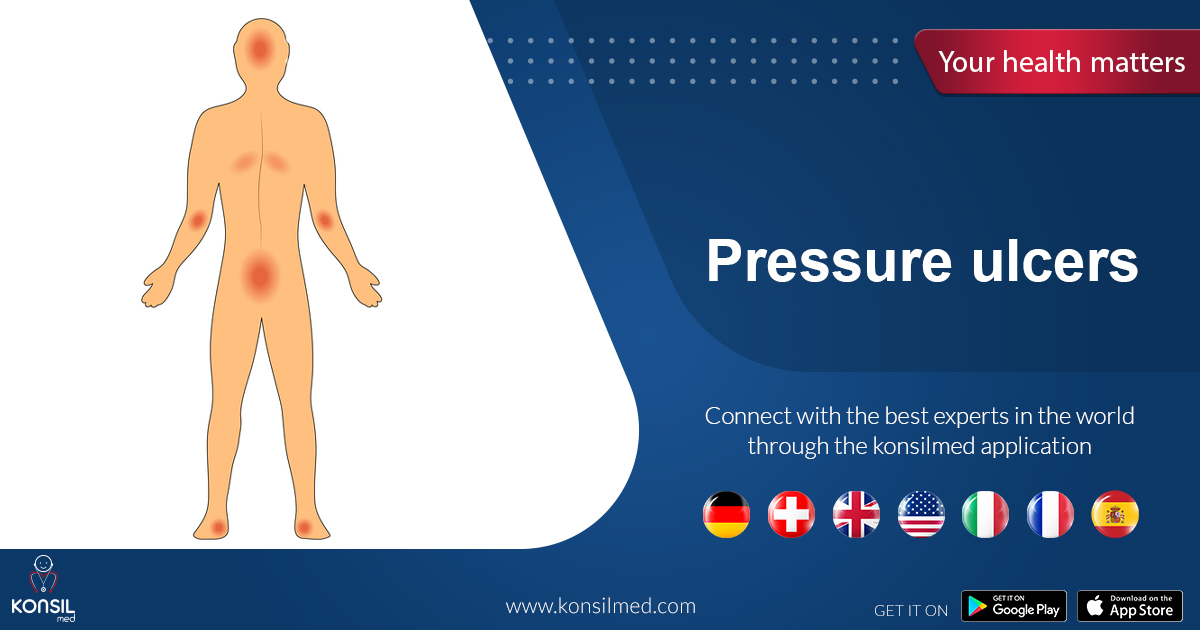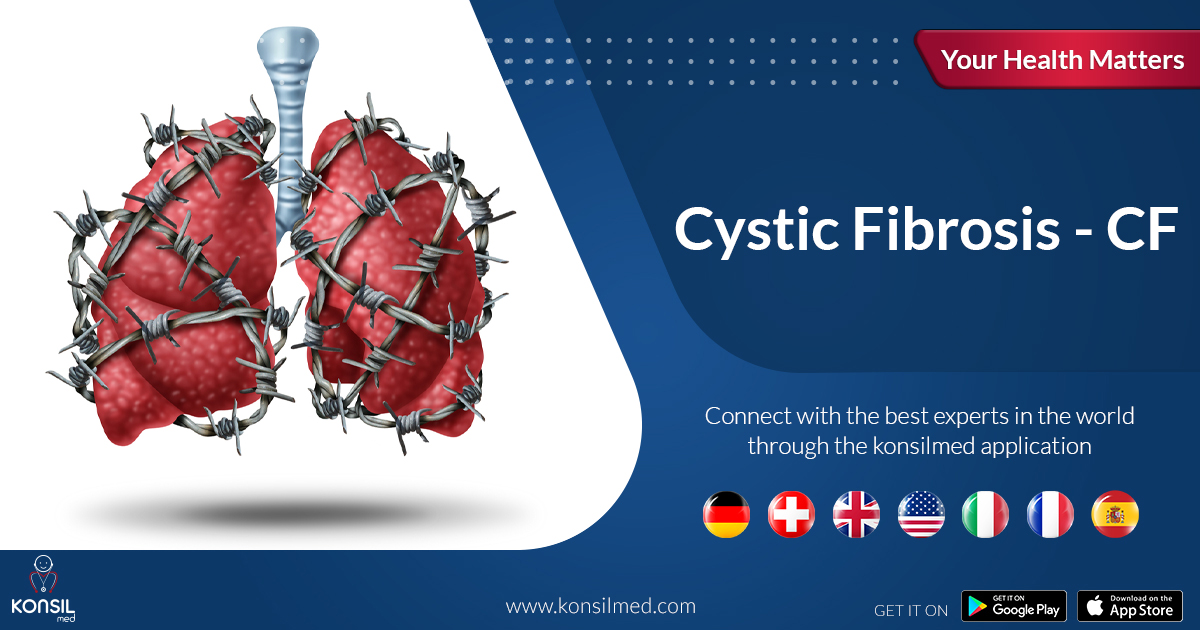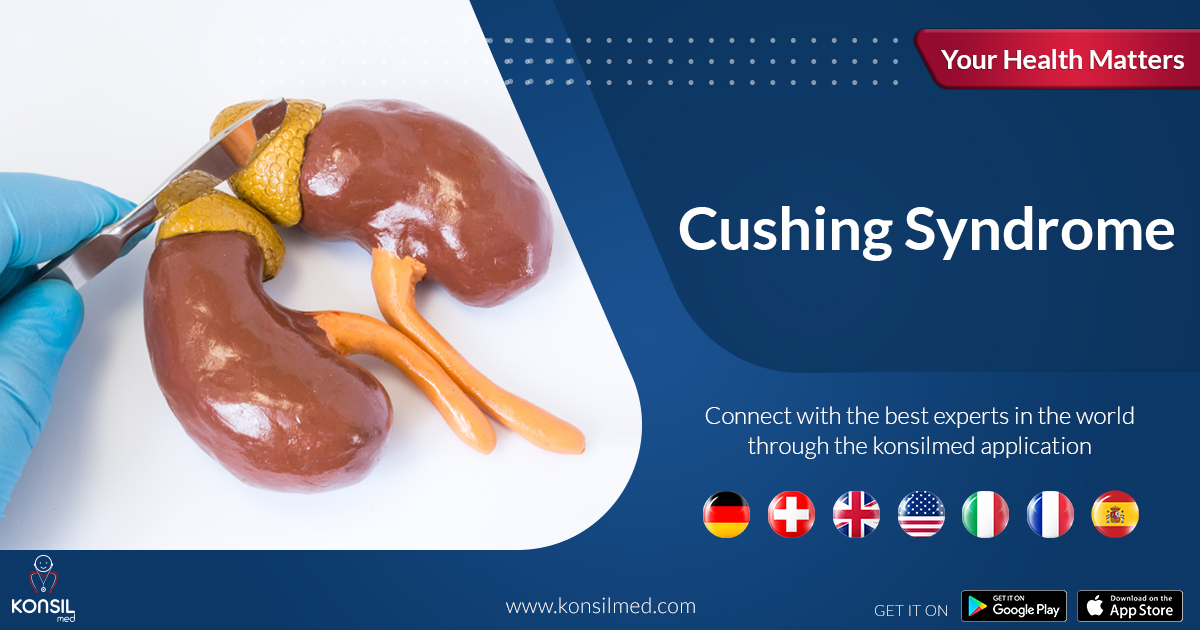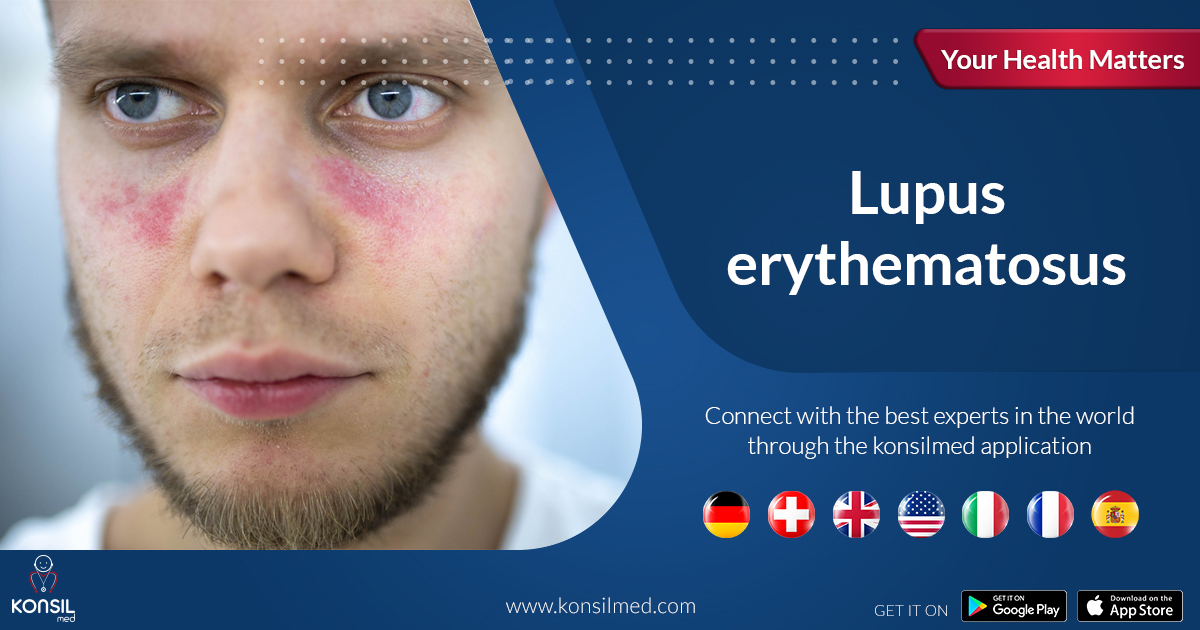
Gynecomastia or enlarged breasts in men is a term that describes a condition of benign enlargement of breast tissue in men. Enlargement may occur in only one breast or in both breasts together.
Gynecomastia represents about 60% of breast-related problems in men, and 85% of breast lumps in men.
The appearance of this condition is not limited to a specific age, as it may appear at any age, but 40% of cases appear in boys between the ages of 14-15.5 due to hormonal background, taking medications, or even without any known reason.
Symptoms of gynecomastia in men:
The most important and prominent symptom of gynecomastia in men is the presence of a lump in the breast, which is in the process of enlarging.
In about a third of these cases, the lump is sensitive to touch, meaning it can be felt and felt by touch. Also, in about a third of cases, the lumps appear on one side, meaning they affect one breast but not the other. The lump often appears in the center of the breast, but it may appear on the edges. Breasts too.
Causes and risk factors of gynecomastia in men:
Breast tissue enlarges in response to an increase in estrogen, while it is suppressed in response to testosterone.
In a normal state, these two hormones are present in both sexes, as the level of testosterone is higher than the level of estrogen in men, while the opposite is true in women, as the level of estrogen is higher than the level of testosterone.
In cases where the percentage of estrogen exceeds the percentage of testosterone in a man, his breast tissue becomes enlarged.
Risk factors:
The most important factors that increase the risk of gynecomastia in men are the following:
*Obesity.
*Not eating healthy food.
*Liver diseases.
*Androgen deficiency.
* Hypothyroidism.
*Kidney failure.
*Drinking some types of medications, such as: steroids and androgens.
Complications of gynecomastia in men
There are very few complications of gynecomastia in men, but this health problem causes psychological and emotional problems.
Diagnosis of gynecomastia in men:
The disease is usually diagnosed based on a physical examination and symptoms, as it is easy for the doctor to see lumps in a man’s breast, but the doctor may request some tests, such as:
*Mammogram.
*Ultrasound imaging of the breast.
Gynecomastia treatment in men:
First, the cause is searched for so that it can be treated. It is worth mentioning here that in 75% of cases, the real reason for the emergence and appearance of this condition is not known.
Surgical procedure:
Most men prefer to treat this condition with plastic surgeons because of the embarrassment caused by this condition for them. Gynecomastia is usually treated by performing a surgical operation, and this operation is generally performed under general anesthesia.
There are several possibilities to perform this surgical procedure, which are as follows:
*If gynecomastia is the result of an enlarged mammary gland: the enlarged part is removed using an incision at the border of the nipple, and the effects of the incision often disappear with the passage of time.
*If breast enlargement is caused by excess fatty tissue: then liposuction is performed.
There are cases in which surgical removal of the enlarged portion is combined with suction of excess fat.
Another factor that is taken into consideration when deciding on the appropriate type of surgery to treat this phenomenon relates to the amount of excess skin, as the doctor decides whether part of the skin should also be removed in addition to the gland or not.
Prevention of gynecomastia in men:
*Abstaining from medications that increase the risk of contracting the disease.
*Avoid drinking alcohol.



































































.jpg)
.jpg)